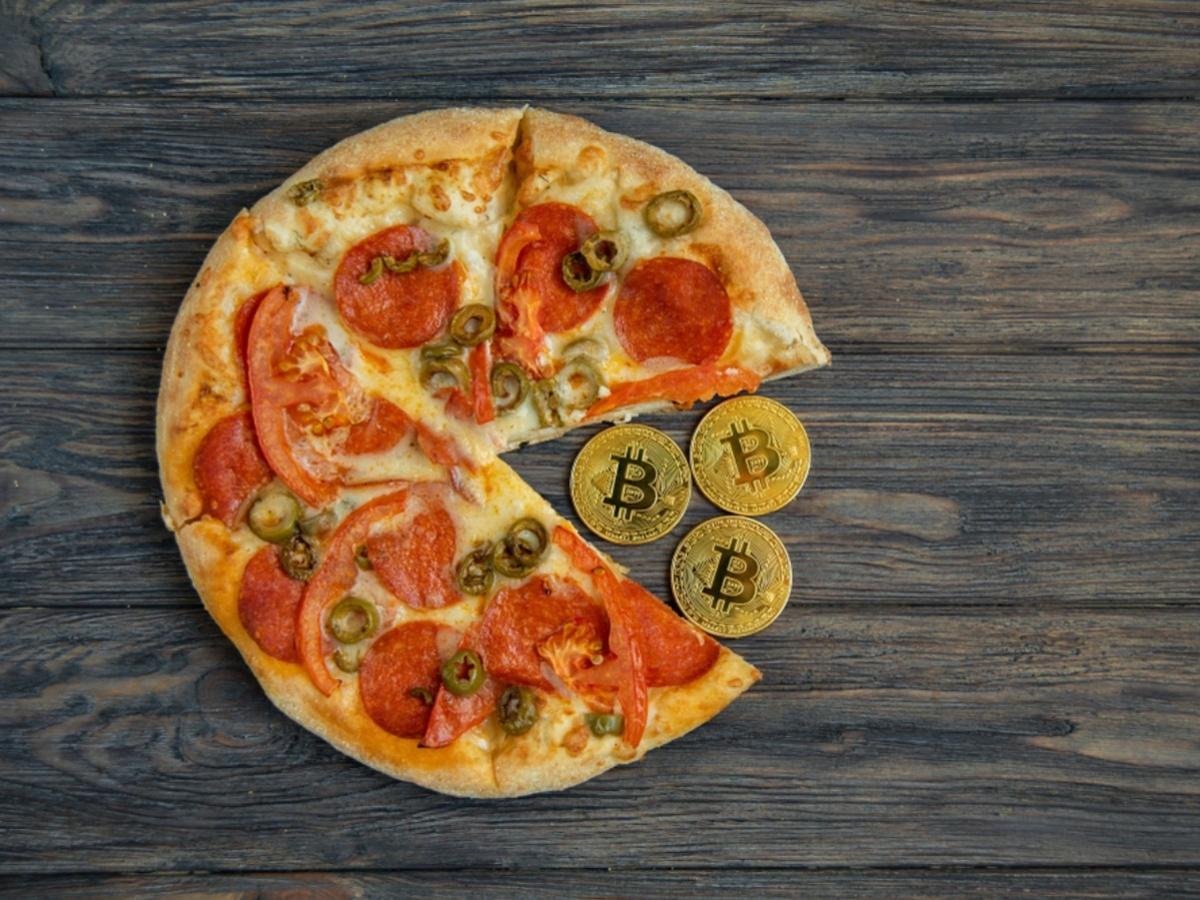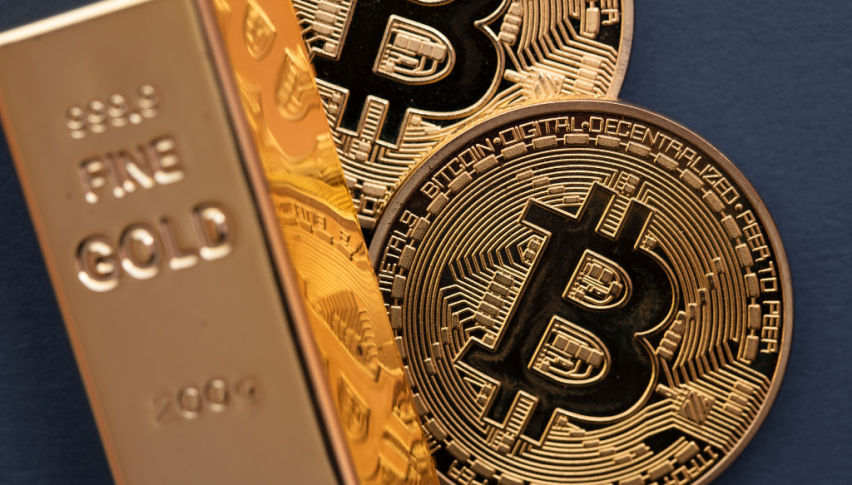As per the information available on dextool’s “live new pairs” section, it has been observed that 14 meme coins related to pizza have been launched within the last 24 hours. Out of these, four have been identified as rug pulls, which are fraudulent schemes that involve stealing money from investors through various techniques. Additionally, at least five other coins are believed to be honey pots, where the creator of the contract is the only party who can purchase the asset, leaving buyers with tokens that are difficult to sell.
itcoin">Bitcoin Pizza Day is celebrated on May 22nd, commemorating an event that occurred in 2010 when a computer developer named Laszlo Hanyecz purchased two pizzas for 10,000 bitcoin. It is worth noting that the first meme coin, known as the pizza coin (PIZZA), was launched shortly thereafter. However, it was short-lived as the developers modified the sell tax rate, rendering investors unable to sell their holdings. Only 34 traders had purchased the token, resulting in a total loss of 0.9892 ETH ($1,800).
Despite the losses incurred, investors continued to show interest in pizza-related tokens such as itcoin">Bitcoin pizza and pizza inu, resulting in a total loss of over $12,000. Subsequently, ethpizza and bpizza tokens were introduced, with the former reaching a market cap of $40,000 and the latter soaring to over $100,000. However, both tokens became unsellable after the contract owner halted transfer and sales.
There are various methods by which developers can execute “rug pulls” on projects, one of which involves introducing a modifiable sell tax to the smart contract. This allows the contract owner to increase the tax to such an extent that the tokens become unsellable. Alternatively, a more prevalent approach is for the smart contract owner to hold the majority of a token and wait for the price to increase before selling it into newly created liquidity from unsuspecting investors.
The recent surge in the demand for tokens, which lack any intrinsic value, can be attributed to the current “meme coin mania” that followed PEPE’s remarkable ascent to a market cap of $1 billion. Investors appear to be seeking the next token that generates hype in a market that carries an infinite downside risk.





